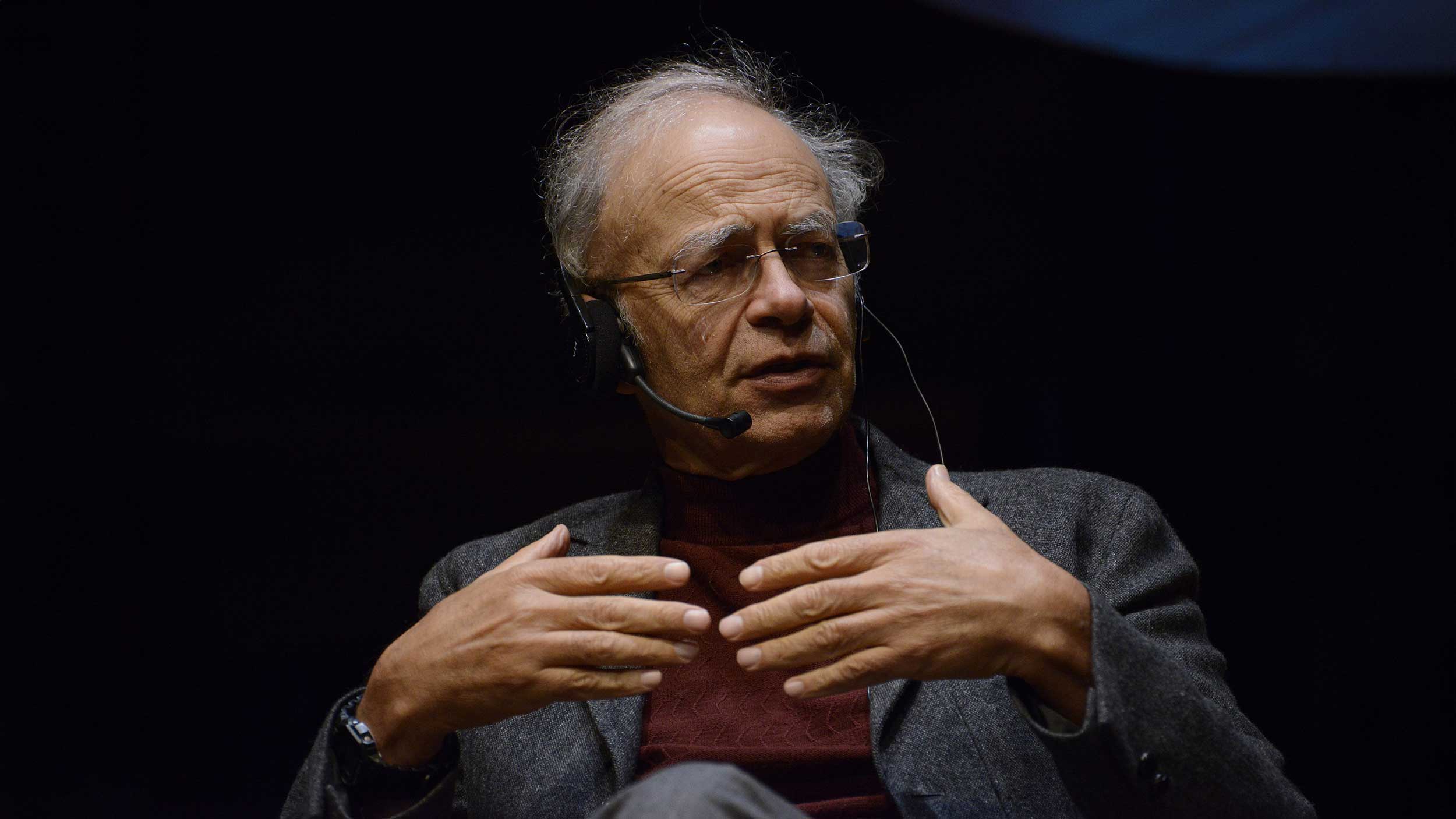As a rule, something becomes popular when people are able to recognize it quickly and without much effort. The effect of familiarity is important because it gives people comfort. But it is a fine balance because only repeating the familiar is not enough for success. The trick is finding the right blend of the familiar and the new.
Musicologist David Huron performed a series of animal testing, trying to establish the right ratio between repetition and originality, the two main ingredients in the popularity formula. He played the mice a loud noise, which startled them at first. When the sound was repeated, mice’s reaction became gradually less obvious, until they became completely accustomed to it and no longer reacted. But it turned out that by playing another sound he could regain their attention.
After testing a number of combinations, he established that by adding the least new sounds, he could retain the mice’s attention the longest with the following sequence of sounds: BBBBC-BBBC-BBC-BC-D, where each new letter stands for a new, different sound. What’s interesting is that he came up with the same pattern of differences and repetitions that has been known in the history of music for decades. The structure BBC-BC-D has been followed by the majority of pop songs in the last 50 years. What makes for a successful composer, therefore, is arranging the differences and repetitions of sounds in a way that the listener perceives it as just the right blend of the familiar and the new.
Finding the right balance between the familiar and the new is a recipe for success in other creative fields as well, not only in music. In 2014, a group of Harvard researchers studied which research projects had the highest chance for success in calls for proposals from various science funding agencies, which supposedly evaluated the projects according to the criteria of achieving professionally interesting potential results. They prepared 150 research project proposals and categorized them according to how many new and fresh ideas they introduced. The projects were later given for assessment to 142 renowned experts.
Completely new ideas didn’t turn out to be very successful in this experimental call for proposal. Well-known research proposals did just a little bit better, but they weren’t very successful either. Projects that had the right blend of the new and the familiar scored the highest. The key was giving a little bit of new to something familiar to draw enough attention to it but still retain the feeling of comfort and familiarity.
The Importance of Easy Thinking
We tend to think more easily and fluently about some ideas and subjects than others. Usually, this is true for things that are more familiar to us and with which we deal more often. Interestingly, easy thinking about an idea influences the way we judge it.
Take the following thought experiment, for example. Think about a movie you’d seen lately and rate it from 1 to 10. The higher the rating, the more you liked it. Then try to come up with seven concrete reasons why you liked the movie. Try to think of exactly seven arguments, as required. Then reassess the movie based on these arguments.
It turns out the ratings drop after determining the arguments. The reason for this is that we subconsciously connect the effort of thinking about the arguments with our perception of the movie, so we tend to think worse of the movie than before our justification of the initial rating. Researchers noticed the same effect with other evaluations. If assessing something required too much effort, the grades turned out to be lower, while rating with less effort tens to lead to higher grades.
If we think fluently about something, we end up appreciating it more. We experience effort as something uncomfortable, so it gives us less pleasure. If we want to give a positive assessment to an object, an idea or a person, all we need to do is think of
some of their positive qualities. When we need to come up with too many positive qualities, this causes effort and discomfort, which then reflects in less appreciation.
Source:
- Derek Thompson: Hit Makers: The science of popularity in an age of distraction (Penguin Press, 2017).






